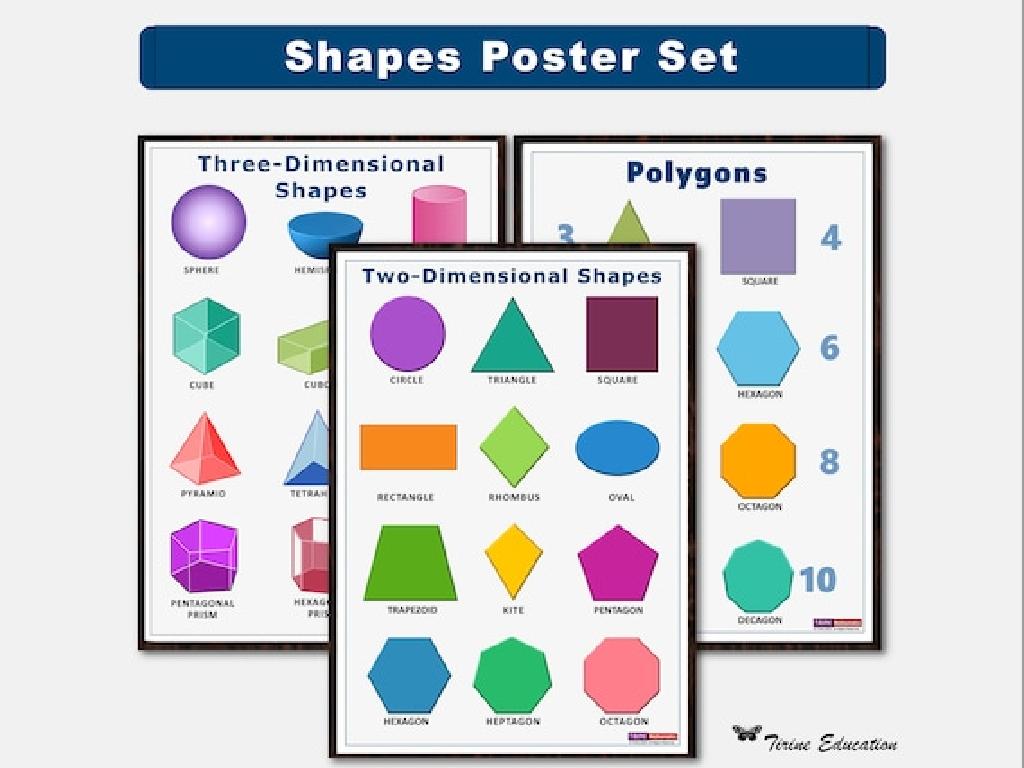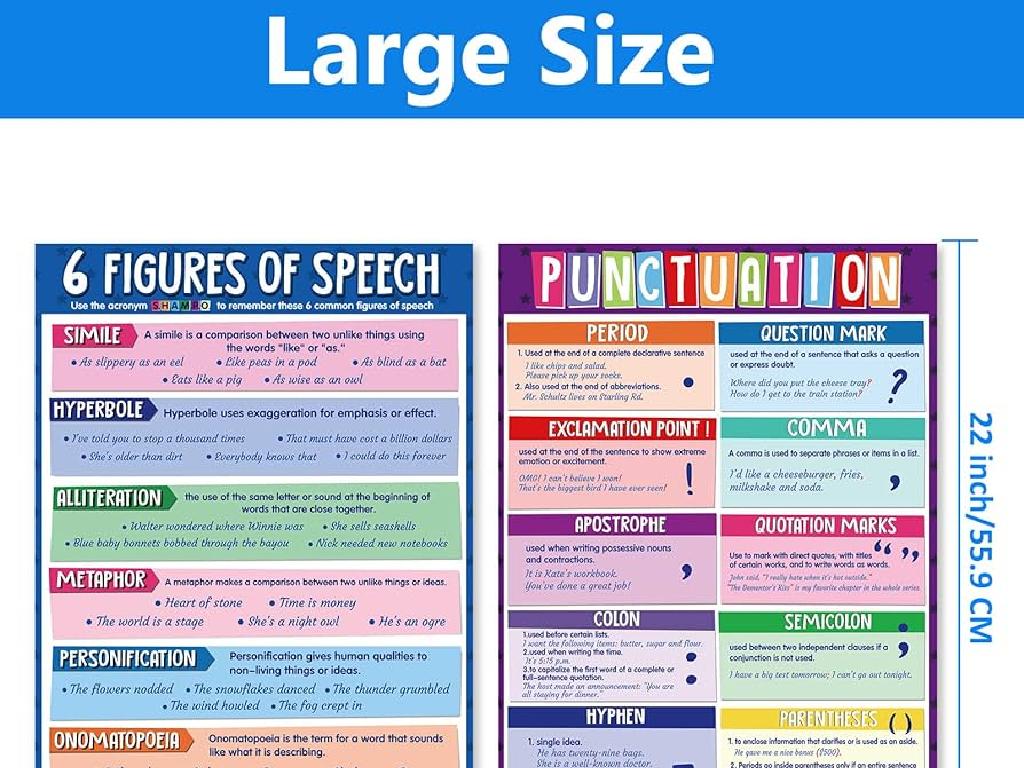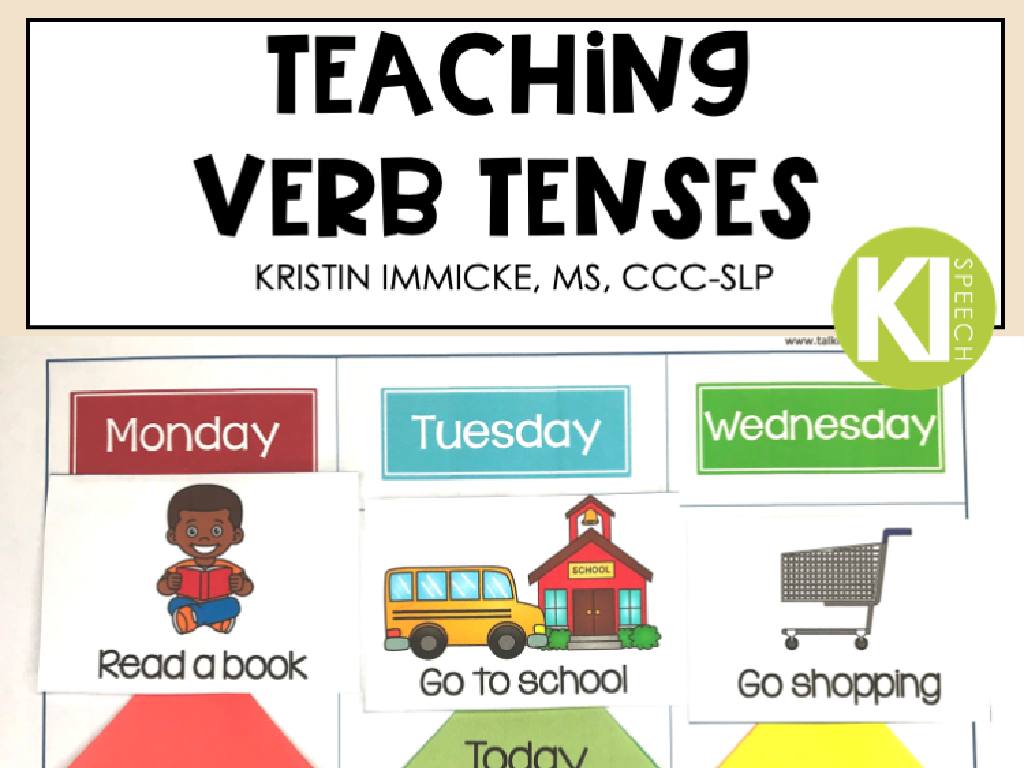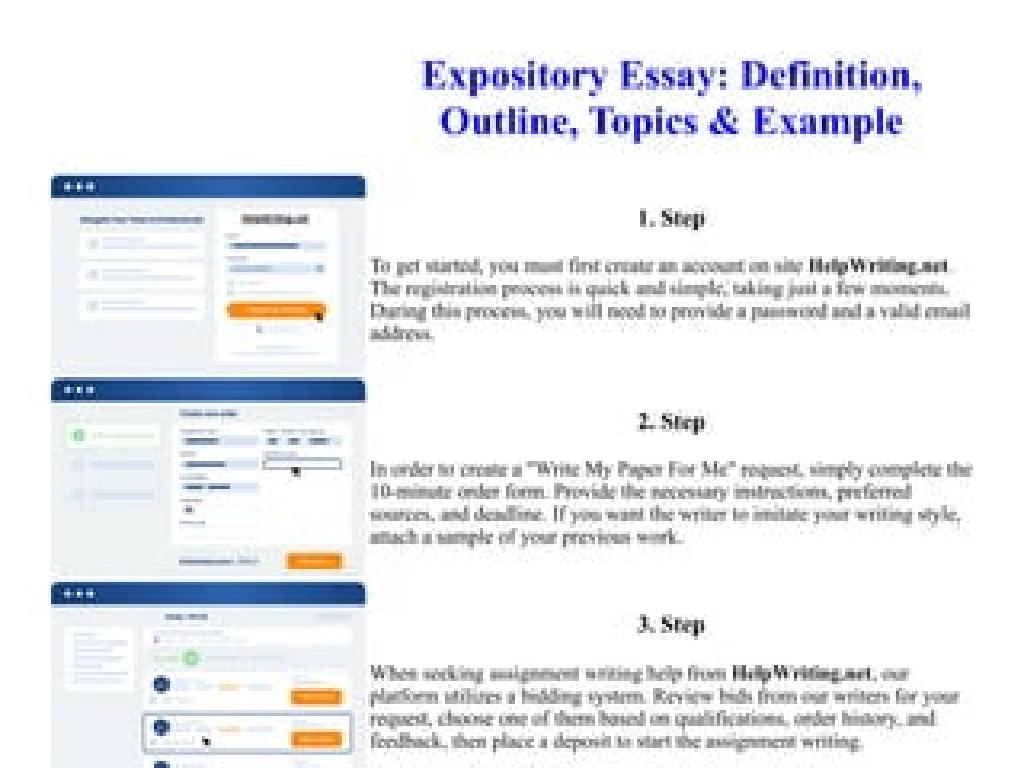Predict Heat Flow And Temperature Changes
Subject: Science
Grade: Eighth grade
Topic: Thermal Energy
Please LOG IN to download the presentation. Access is available to registered users only.
View More Content
Predicting Heat Flow and Temperature Changes
– Understanding Thermal Energy
– Thermal energy is the total kinetic energy of particles in a substance.
– How Heat Moves
– Heat moves from warmer to cooler areas via conduction, convection, or radiation.
– Factors Affecting Heat Flow
– Material type, mass, and temperature difference influence heat transfer.
– Predicting Temperature Changes
– Use knowledge of heat transfer to predict how temperature will change in objects.
|
This slide introduces students to the concept of thermal energy and the principles of heat transfer. Begin by explaining that thermal energy is related to the movement of particles within a substance. Discuss the three methods of heat transfer: conduction (through direct contact), convection (through fluids), and radiation (through electromagnetic waves). Highlight how different factors, such as the type of material and its mass, as well as the temperature difference between objects, can affect the rate of heat flow. Encourage students to apply these concepts to predict temperature changes in real-life scenarios, such as heating a pot of water on a stove or feeling the warmth of the sun on a cold day.
Understanding Thermal Energy
– Thermal energy defined
– Total kinetic energy of particles in a substance
– Thermal energy as heat
– Sensation of warmth or heat we feel
– Particle movement and energy
– Faster particles mean higher thermal energy
– Measuring thermal energy
|
Thermal energy is a concept that relates to the internal energy present in a system due to the movement of its particles. It’s important for students to understand that what we perceive as heat is actually the manifestation of thermal energy. The kinetic theory of matter tells us that particles in a substance move faster as they gain energy, which in turn increases the substance’s thermal energy. This slide will help students grasp the basics of thermal energy, setting the stage for exploring how temperature changes can predict heat flow in various materials and situations. Encourage students to think about how thermal energy is measured and the factors that affect it.
Methods of Heat Transfer
– Conduction: Direct contact transfer
– Heat moves between objects that touch, like a spoon in hot tea
– Convection: Fluid movement transfer
– Heat circulates through gases or liquids, like boiling water
– Radiation: Electromagnetic waves
– Heat travels without a medium, like sunlight warming your face
– Comparing heat transfer methods
|
This slide introduces students to the three primary methods of heat transfer: conduction, convection, and radiation. Conduction occurs when heat is transferred through direct contact between materials. Convection is the transfer of heat by the physical movement of fluids (liquids and gases). Radiation is the transfer of heat through electromagnetic waves, which can occur even through a vacuum. Encourage students to think of examples from daily life for each type of heat transfer. For instance, feeling the warmth of a hot stove (conduction), noticing the steam rising from a pot of boiling water (convection), and feeling the heat from the sun on their skin (radiation). Understanding these concepts is crucial for predicting how heat will flow and how temperature changes in various environments.
Conductors vs. Insulators: Managing Heat Flow
– Conductors: Pathways for heat
– Metals like copper and aluminum readily transfer heat
– Insulators: Barriers to heat
– Materials like wood and plastic reduce heat transfer
– Everyday applications
Examples include thermoses, coolers, and home insulation
– Impact on temperature control
|
This slide aims to explain the difference between conductors and insulators and their role in heat transfer. Conductors, such as metals, are materials that allow heat to pass through them easily, which is why pots and pans are typically made of metal for efficient cooking. Insulators, on the other hand, are materials that resist heat flow, making them ideal for keeping things warm or cool, as seen in the use of plastic or wood in handles of cooking utensils to prevent burns. Discuss practical applications like insulated coffee mugs, which keep beverages hot, and house insulation, which keeps homes warm in winter and cool in summer. Encourage students to think about how these materials affect energy efficiency and temperature changes in their daily lives.
Predicting Heat Flow
– Heat travels from warm to cool
– Heat moves to cooler areas until both reach the same temperature.
– Temperature difference drives flow
– Greater the difference, faster the heat transfer.
– Example: Melting ice in hand
– Ice absorbs heat from your hand and begins to melt.
|
This slide introduces the concept of heat transfer, a fundamental principle in thermal energy. Heat naturally flows from a warmer object to a cooler one until both objects reach thermal equilibrium. The rate of this heat flow is determined by the temperature difference between the two objects; the greater the difference, the faster the heat will transfer. An everyday example of this is when ice melts in your hand; the heat from your warmer hand is transferred to the colder ice, causing it to melt. Encourage students to think of other examples where they have experienced heat flow, such as walking barefoot on hot pavement or holding a cold beverage.
Calculating Temperature Changes
– Understand specific heat capacity
– Capacity of a substance to hold heat; different for each material.
– Learn the formula Q = mcT
– Q is heat energy (joules), m is mass (grams), c is specific heat (J/g°C), T is temperature change (°C).
– Work through a sample problem
– Example: Calculate heat needed to raise 150g of water from 20°C to 50°C.
– Discuss practical applications
|
This slide introduces the concept of specific heat capacity and the formula used to calculate temperature changes in substances. Begin by explaining that specific heat capacity is a property that varies among different materials and determines how much heat is needed to change a substance’s temperature. Introduce the formula Q = mcT, where ‘Q’ represents the heat energy transferred, ‘m’ is the mass of the substance, ‘c’ is the specific heat capacity, and ‘T’ is the change in temperature. Work through a sample problem as a class to demonstrate how to use the formula. For example, calculate the amount of heat required to increase the temperature of 150 grams of water by 30°C, given water’s specific heat capacity. Conclude by discussing real-world applications of these calculations, such as in cooking or climate science.
Real-World Applications of Heat Flow
– Insulation in homes
– Prevents heat loss in winter and keeps cool in summer
– Efficient engine design
– Engines work better when heat is managed effectively
– Temperature control in food
– Methods to maintain food at safe temperatures
|
This slide explores practical applications of understanding heat flow and temperature changes. Insulation in homes is crucial for energy conservation, providing a barrier to heat loss during cold months and keeping interiors cool during hot months. In engine design, efficient thermal management leads to better performance and fuel economy. For food storage, knowing how to keep food hot or cold is essential for safety and quality. Discuss the science behind these applications, such as the role of conductors and insulators, and how this knowledge is applied in everyday life. Encourage students to think of other examples where temperature control is important.
Class Activity: Exploring Heat Transfer
– Conduct a heat transfer experiment
– Measure how water temp changes when heated metal is added
– Predict temperature changes
– Guess what happens with various materials
– Observe and record results
– Use a chart to keep track of the temperature data
– Discuss observations in class
– Share findings and learn from each other’s results
|
In this hands-on activity, students will explore the concept of heat transfer by adding heated metal to water and measuring the temperature change. Before the experiment, ask students to predict the outcome when different metals are used, encouraging them to think about conductivity. Provide thermometers and data sheets for recording temperature at regular intervals. After the experiment, facilitate a discussion where students can compare their predictions to the actual results and understand how different materials affect heat transfer. Possible variations of the activity could include using different liquids, comparing insulators versus conductors, or changing the temperature of the metal.
Conclusion: Heat Flow & Temperature Changes
– Recap of heat flow principles
Heat moves from warmer to cooler objects until equilibrium.
– Thermal energy’s role in daily life
Thermal energy is crucial for heating homes, cooking, and more.
– Open floor for questions
– Reflect on today’s learning
Think about how thermal energy affects your environment.
|
As we wrap up today’s lesson, we’ll review the key concepts of how heat transfers from one object to another and how this process results in temperature changes. Emphasize the importance of thermal energy in everyday life, from the warmth of our homes to the food we cook. Encourage students to ask any lingering questions or share insights they’ve gained. This is also a time to reflect on what they’ve learned and how it applies to the world around them. Consider discussing practical applications or recent innovations related to thermal energy to stimulate interest and engagement.






